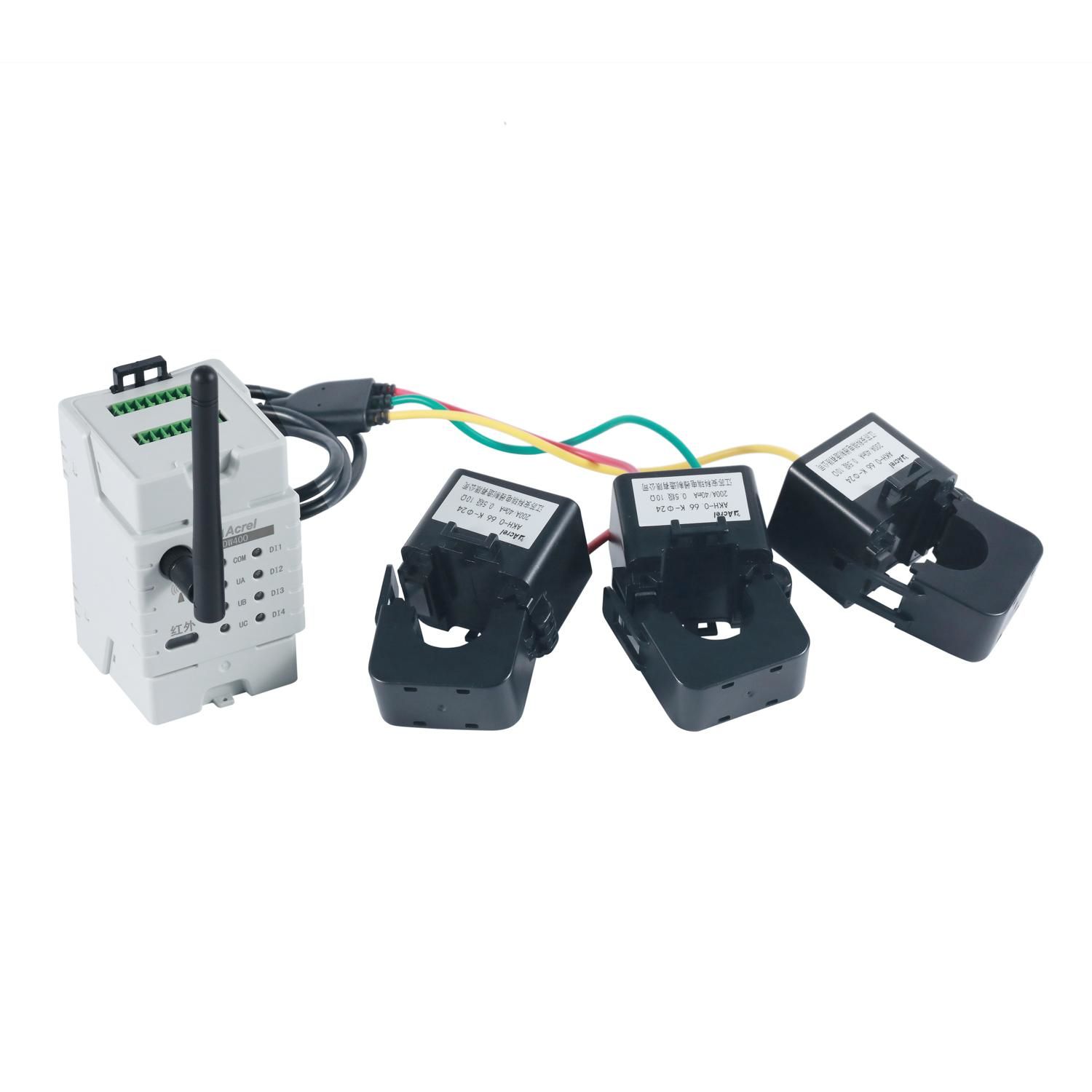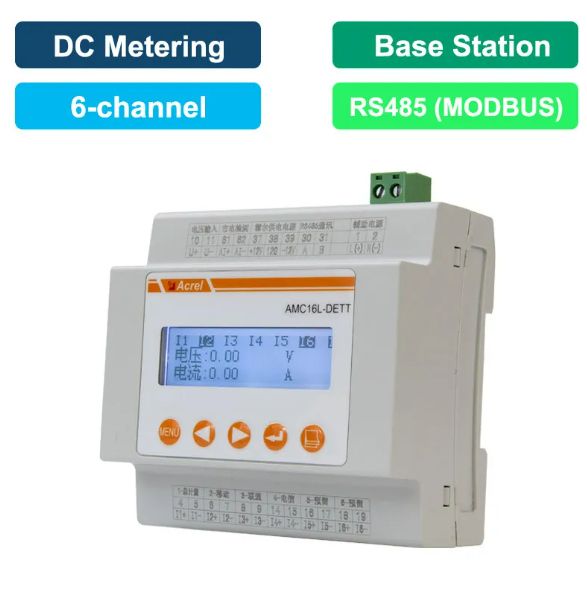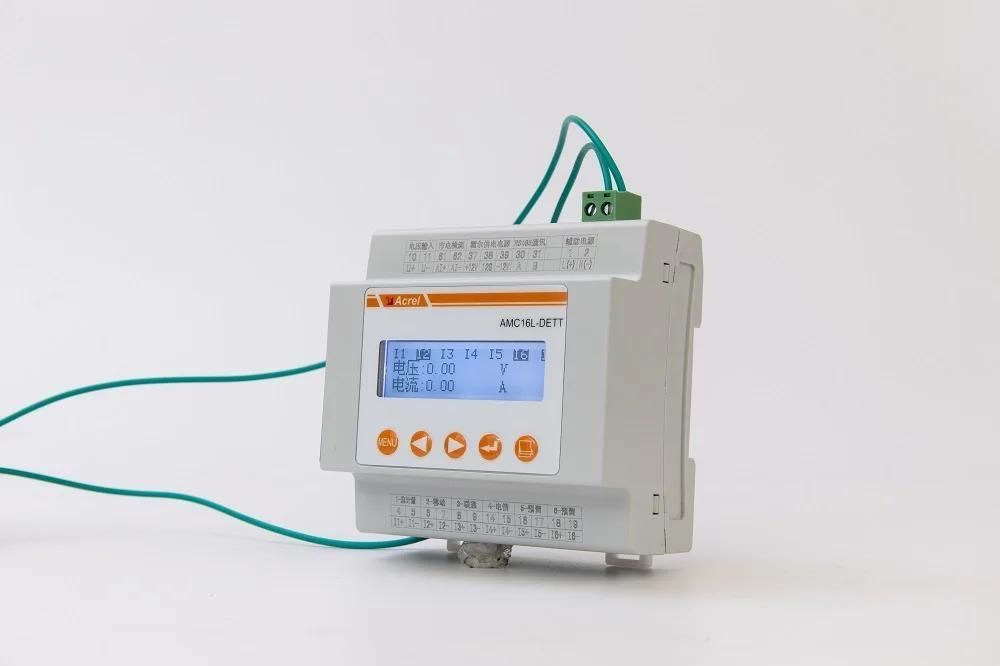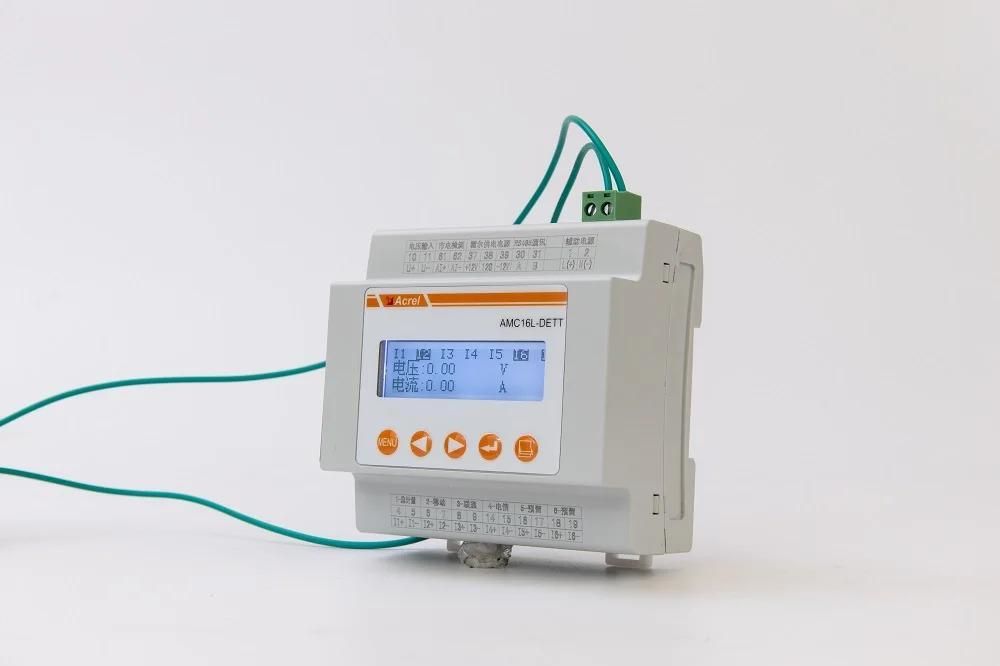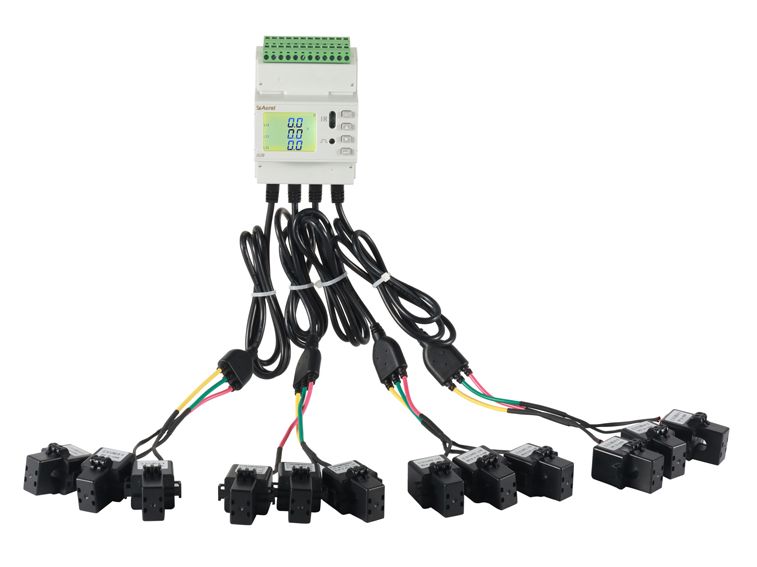Energy analysis using DC48V Smart Energy Electric Meter AMC16L-DETT for the base station in 5G networks
Verification 1: What is the power consumption of a single 5G base station?
The single-station power consumption of 5G base stations is 2.5~3.5 times that of 4G base stations. Is this really true?
The transmission rate of 5G is more than 10 times that of 4G, and various performances have been greatly improved, which will inevitably lead to an increase in the number of devices.
"The application of large-scale antenna technology will definitely increase power consumption, and more devices such as filters, radio frequencies, and antenna oscillators will be used." Yan Guicheng, chief analyst of the communications industry at CITIC Construction Investment, told the reporter of "Daily Economic News" that from From this perspective, the energy consumption of a 5G single base station is definitely higher than that of 4G.
Large-scale antenna technology is the core technology of 5G, which refers to a large increase in the number of channels for antenna transmission and reception. Yan Guicheng explained that more channels means greater capacity, just like a lane. In theory, the wider the lane, the more vehicles can run at the same time, so it can be analogized to, the more channels, the more connection terminals that can be accommodated. The power consumption is also greater.
As a scientific research institute directly under the Ministry of Industry and Information Technology, China Academy of Information and Communications Technology (hereinafter referred to as "CAICT") is the leader of the IMT-2020 (5G) Promotion Group (the main platform to promote domestic 5G technology research and international exchanges and cooperation). On October 9, 2019, the Academy of Information and Communications Technology held a symposium on 5G network construction including the three major operators and China Tower. Many experts talked about the power consumption issue of 5G base stations.
How much higher can it be?
Wang Zhiqin, leader of the IMT-2020 (5G) Promotion Group and Vice President of the Academy of Information and Communications Technology, mentioned at the above symposium that the cost and power consumption in the initial stage will be about twice that of 4G.
Dou Li, president of China Tower Research Institute, also made it clear at the symposium that the current power consumption of 5G is 3 to 5kW, which is 2 to 3 times the power consumption of 4G.
Conclusion: 5G single-station power consumption is indeed higher than 4G, but authoritative opinions focus on 2 to 3 times, which is lower than the highest multiple used in the calculation by questioning voices.
Verification 2: How many 5G base stations cover the same area?
Some people believe that covering the same range, the number of 5G base stations is 3 to 4 times that of 4G. What is the actual situation?
"Theoretically, the higher the frequency, the stronger the signal attenuation, the smaller the base station coverage area, and more base stations are indeed needed to cover the same area." An expert from the Academy of Information and Communications Technology who did not want to be named told the "Daily Economic News" reporter that 5G The characteristics of the base station determine that the base station needs to use a high frequency band to ensure a continuously available and uninterrupted large bandwidth, and at the same time, it can also meet the access needs of more users.
But will it reach 3~4 times?
In Yan Guicheng's opinion, this statement is a bit exaggerated. From the spectrum end, China Mobile is 2.6GHz, which is the same frequency band as 4G, and can achieve the same coverage area and the same number of 4G base stations; China Telecom and China Unicom are 3.5GHz, which is higher than the 4G frequency band. In theory, the number of base stations will be higher than that of 4G. 4G is more, but not 3 times.
It is necessary to explain here that 2.6GHz/3.5GHz refers to the core frequency of the carrier frequency band. What is carrier frequency? It means loading the signal onto a fixed frequency wave for transmission. This process is called loading, and this frequency is the carrier frequency.
The aforementioned experts from the Academy of Information and Communications Technology made an analogy. If 5G is compared to a container, the carrier frequency is the truck loading the container, and the low-frequency band and high-frequency band can be understood as small trucks and large trucks. The lower the frequency, the lower the cost, the less signal attenuation, and the fewer base stations that need to be built, but it also means that fewer users can access it.
Yan Guicheng believes that under normal circumstances, theoretically, the number of 5G base stations should be 1.3 to 1.4 times that of 4G. Considering that China Telecom and China Unicom jointly build a 5G network, about 1.2 times is more appropriate, or even less than that.
"The multiples we are talking about are all for macro base stations. 5G networks are actually more oriented to specific scenarios such as intelligent manufacturing and Internet of Vehicles. The requirements for the number of base stations are relatively high, and more small base stations may be used." Yan Guicheng said, " However, the coverage of small base stations is also gradually expanded with the development of applications, and it is impossible to build so many in about two years."
Moreover, the power consumption of small base stations is much smaller than that of macro base stations. "About five to six hundred watts is enough." Jiang Yonghua, an engineer at the Wireless Network Institute of Zhongrui Communications Planning and Design Co., Ltd., told the "Daily Economic News" reporter.
Conclusion: The number of 5G base stations should be about 1.2 times that of 4G.

Acrel Tower Base Station Energy Consumption Solutions
(1) This solution was designed for IoT online precise sub energy monitoring of the overall telecommunications tower base station.
(2) Normally, the power system of base station could be devided into AC part and DC part [-48Vdc]. And usually request a multi-channel metering regarding the different energy usage like for different telecommunications service provider's base station communications equipment [DC side]. Or for either the mains supply, back-up generator, lighting, airconditioner of base station. [AC side] Thus, multi-channel DC or AC energy meter will be the key to solve such request.
(3) This solution was majorly for both cloud&local energy monitoring, different from Acrel local
energy monitoring solution which is designed for base station local energy monitoring by providing only hardware. In other hands, this solution could be also adapted to 3rd party IoT
energy monitoring system via API or SDK for data transferation
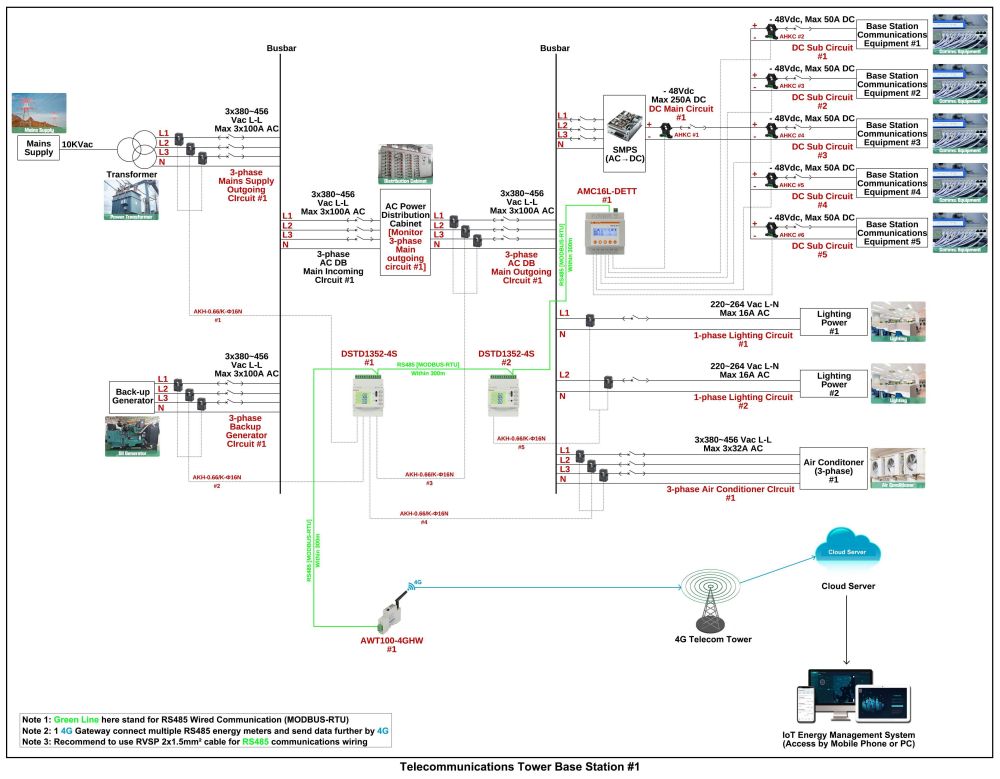
Reated Products
Model |
Function |
|
AMC16L-DETT
|
● DC rated voltage: 1 channel: -48VDC ● Accuracy:1%In≤I≤10%In error±2.5%; I>10%In error±2% ● RS485(MODBUS-RTU) ● LCD display ●could measure6 circuits DC energy ●specially designed for base stations where have sharing requirements, and switch power supply is without the function of sub-user metering. |
|
DTSD1352-4S
|
● Mearsure Up to 4 circuit 3 phase ● Mearsure all electric parameters ● Split core open loop CTs ● External function module, such as MK(switching inputs and outputs), MTL(temperature measurement and leakage current measurement), AWT100(wireless communication) |



